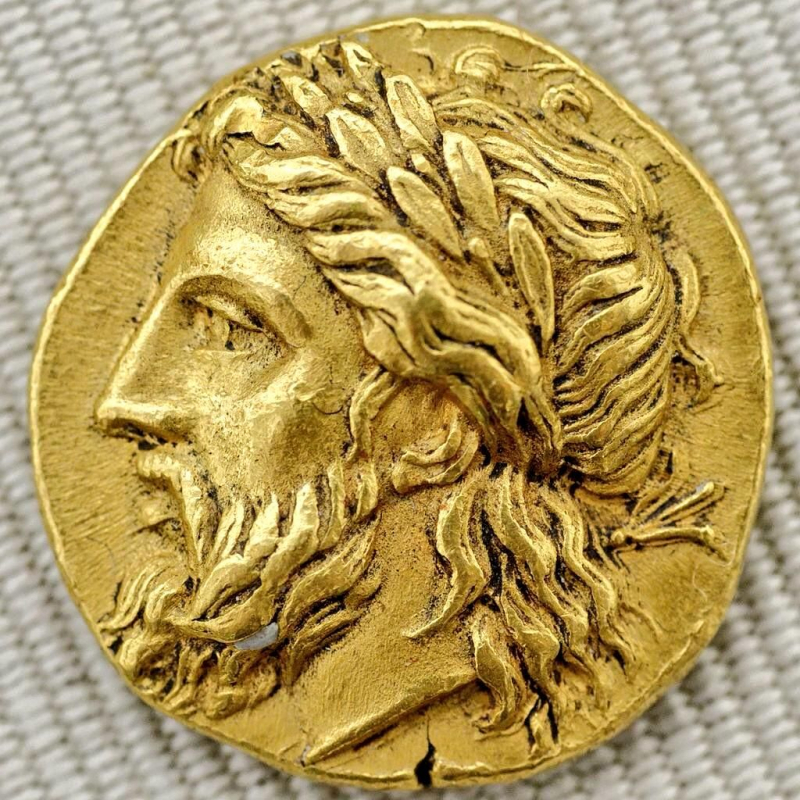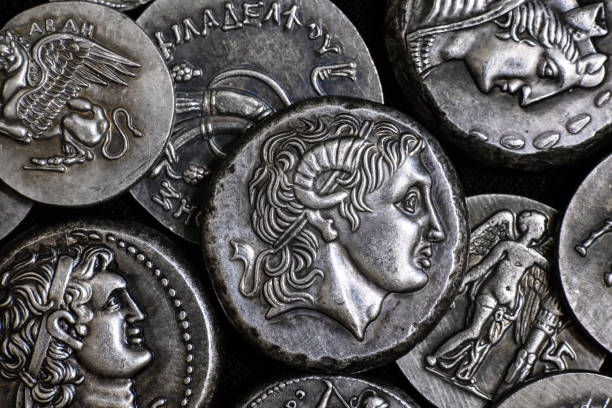Coin Currency Introduced in 600 BC
Because the Greeks required a system of verifiable installments, the first realized coins were presented in either Lydia or Ionia in Asia Minor before 600 BC. Electrum, a mixture of gold and silver, was used to make these coins. By the middle of the 6th century BC, inventive developments had made the production of pure gold and silver coins less difficult. Ruler Croesus introduced a two-metal standard that allowed pure gold and pure silver to be exchanged for money in the commercial center. Every city had its own cut-out designs and signs on the coins, which were used in most urban settlements as stopgap currency. The silver stater or didrachm of Aegina was one such currency.
The Attic standard, which saw a drachm rising to 4.3 grams of silver, served as the basis for Athens' coinage. With the passage of time, Athens' enormous silver reserves increased in strength in exchange and became the dominant standard. These coins were also known as "owls" because of their central design.









